
Slips, Trips and Falls: Safety Tips You Need to Know
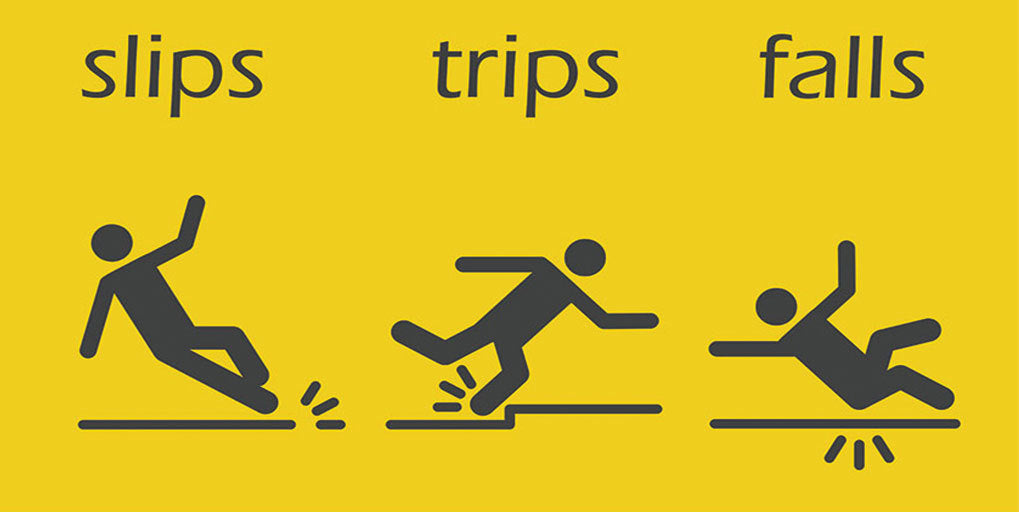
Nearly everyone has been the victim of a slip, trip, or fall at some point in their life. While the spills you took as a kid were undoubtedly scary, take a moment and think about how dangerous a fall in the workplace might be. Unfortunately, fall injuries at work are far more common than you probably imagine.
Falls are the third leading cause of unintentional deaths in the U.S., accounting for nearly 32,000 fatalities, according to Injury Facts 2016. And falls result in more than 8.7 million emergency room visits each year in the United States. With safe work practices and preventative measures, workers can reduce the risk of injuries and deaths caused from fall-related incidents.
Falls don’t discriminate – they can happen in any business, including restaurants, retail stores and hotels.
The most common locations for falls in the workplace
- Doorways
- Ramps
- Cluttered hallways
- Areas with heavy traffic
- Uneven surfaces
- Areas prone to wetness or spills
- Unguarded heights
- Unstable work surfaces
- Ladders
- Stairs
Now that you know the most common places for slip, trips and falls, what can you do to protect yourself and your employees?
Identify Hazardous Areas
Conduct regular floor safety audits. Here’s what to look for:
- Front door – Remove small throw rugs or use non-skid mats to prevent tripping
- Exterior walkways – Get rid of any debris that obstructs doors.
- Near electrical components – Secure electrical and phone cords out of traffic areas
- Walkways and steps – Schedule periodic checks of the condition of walkways, steps and high traffic areas
- Keep floors and stairs clean and clear of clutter
- Maintain good lighting both indoors and on outdoor walkways
- Use non-skid mats in potentially slippery places like bathrooms
- Install handrails on stairways, including porches
- Arrange furniture to provide open pathways for walking
- Remove fallen leaves or snow from outdoor walkways
Slippery Floor Warnings:
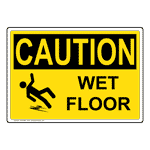 | 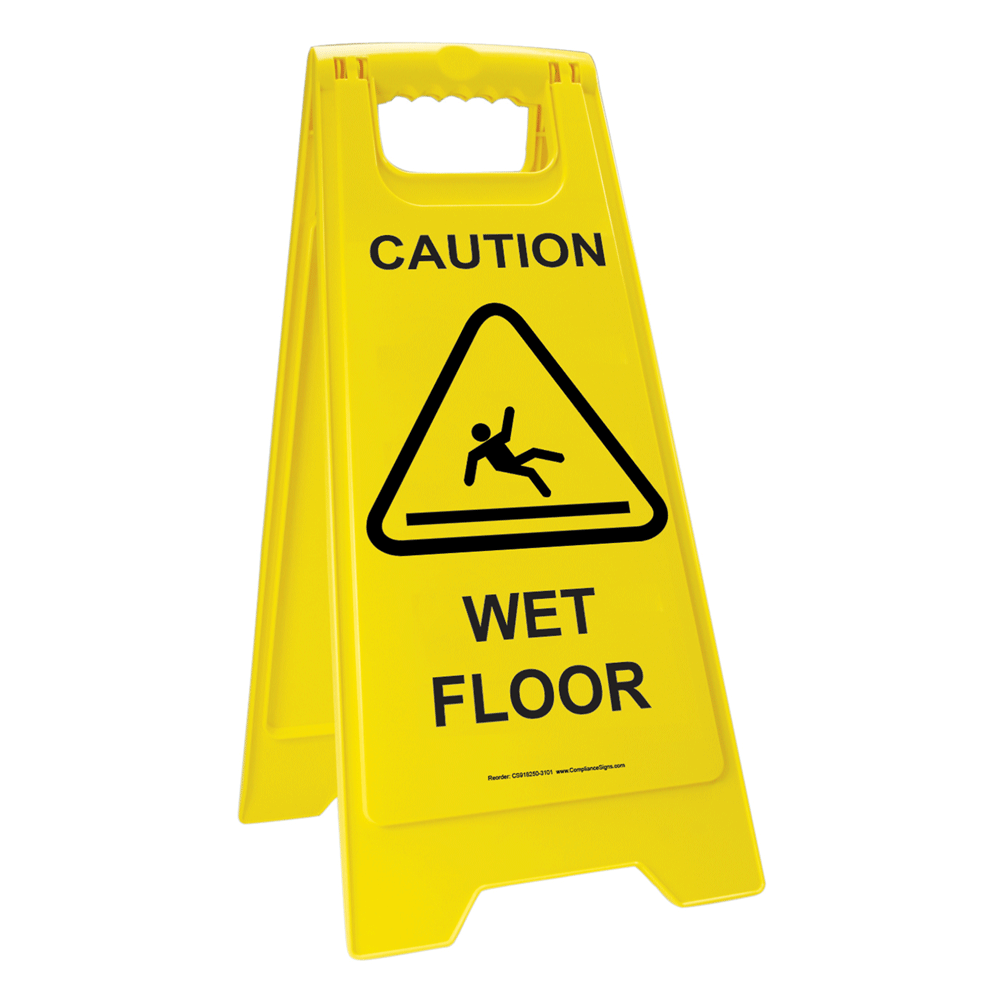 | 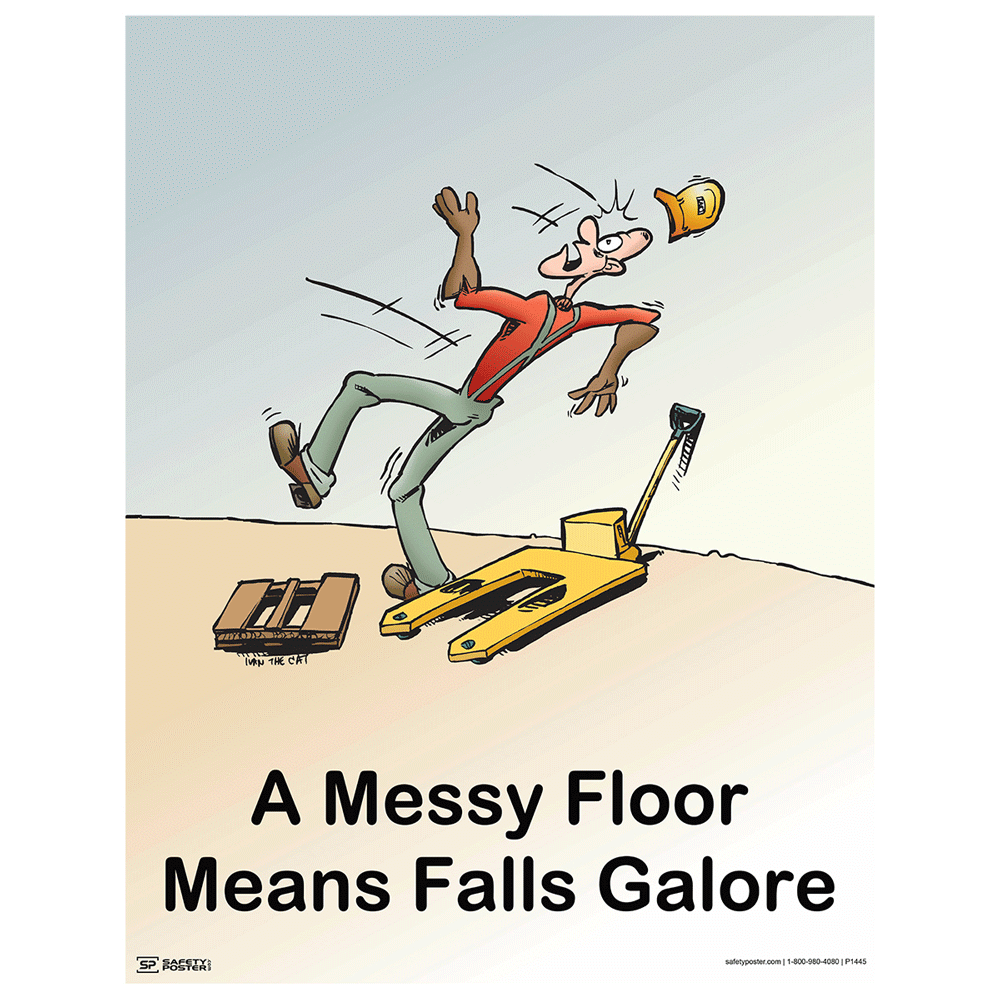 | 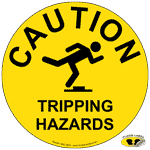 |
Fall Prevention for Employers
- Review incident reports to identify and eliminate hazards
- Identify liquid storage areas and keep spill materials handy
- Ask employees where floors are rough or uneven
- Ask vendors for advice, especially floor care services
- Ask your insurance carrier for a slip/trip/fall checklist
Fall Prevention Tips for Workers
- When working on ladders – Never use a ladder that hasn’t been properly inspected by a competent person
- Carrying boxes or large items – Don’t carry anything that’s large enough to block your vision
- When walking on steps – Always use the handrail that’s provided for your safety and watch your step
- Spills – Clean up spills immediately and place wet floor signs near them until the floor is completely dry
- When working – Keep frequently used items in areas that are easy to reach
- Steps – When steps are provided, use them. Jumping will increase your chances of a serious fall-related injury
- Use a sturdy step stool when climbing or reaching for high places
- Never stand on a chair, table or surface on wheels
- Wear stable footwear
- Be aware that alcohol or other drugs, including prescription and over-the-counter medicine, can affect your balance and increase your risk of falling
Since it’s always important to prevent slips, trips and falls, post eye-catching fall safety signs and fall prevention posters around your workplace to keep everyone informed.

